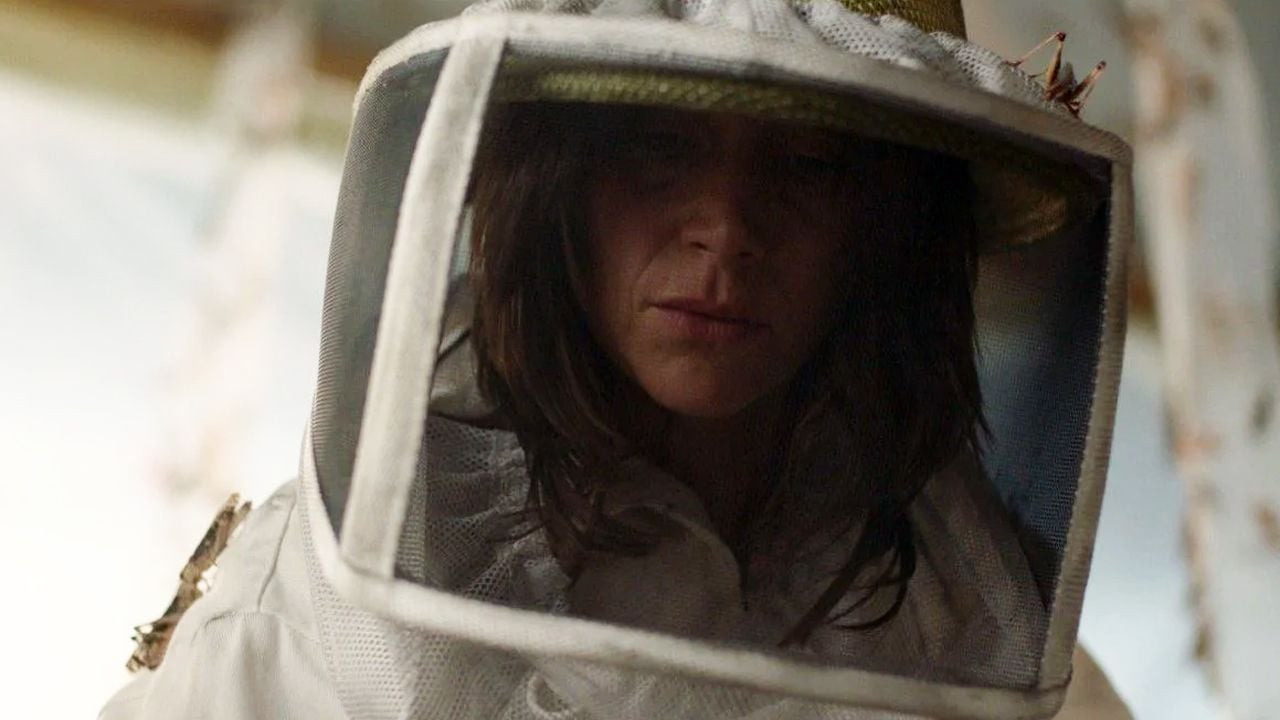The fan reported problems with images from his device after Alok’s concert on Saturday
We know: it is often inevitable not to film or photograph in discos or musical shows, especially if the production is orderly, full of bright elements. But this doesn’t always match cell phone cameras: After Alok’s performance at Rock in Rio on Saturday 3, a fan claimed that the artist’s stage laser burned out his cell phone’s camera during the presentation.
He is not the only one with similar complaints. Party pictures posted on social media show slight breakdowns and scratches in the photos after laser beams hit the lens of cell phones directly. This would be enough evidence to try to protect the cell phone in such environments, but the experts consulted since Estadio warns: your mobile phone camera can burn with lasers.
Read it too
This is because the brightness sensor of the devices supports a certain limit in the capture of light: they have been designed for situations where the exposure is distributed in the environment. Therefore, the concentration of light projected by a laser (which is the beam we see in the shows) ends up being greater than what these sensors can handle.
last photo before alok laser burns my iPhone camera. I HATE pic.twitter.com/mZ3JfU2Bai
– auction (@rodsmalone) September 3, 2022
“(The damage) is related to the type of exposure and the type of sensor on the camera. This laser can cause a wavelength effect of light which, when exposed directly to the mobile phone, can burn the sensor or damage the lens. “, explains Renato Franzin, specialist at the Polytechnic School of the University of São Paulo (Poli-USP).
Franzin explains that wavelength is what makes light visible to the naked eye. Some types of lasers, such as the remote control, for example, are so weak that you cannot see the light coming from the device to the TV.
Therefore, laser colors can indicate whether the light can be harmful or not. Normally the green rays are called “CO2 lasers” and have greater intensity and power in the equipment of the stages, and it is this combination of factors that interacts with the sensors of the mobile phone camera.
But they only become dangerous for cell phones if the beam is aimed at the camera. When we see the “scratch” of the laser in the air, it means that it is not aimed and does not cause any problems. What cannot happen is the exposure to the point of emission of the light and therefore it is not recommended that the laser comes into contact with the public.
In response on Twitter, Alok responded by asking if the fan was on the zipline that sits above the audience, implying that the lights were not pointed in the direction of the audience. The DJ’s question makes sense: in the entertainment industry it is common not to point lasers at the audience to avoid such problems.
Is my mobile at risk?
The damage can be varied and can affect different types of sensors: the most common results are scratches in the image or “dead” pixels (ie spots in the photo), as well as the possibility of a total loss of operation.
This means that several manufacturers may be affected by the laser. Sony, one of the largest camera sensor manufacturers in the world, issued a warning in 2021 to users of the brand’s cameras and mobile phones, warning that exposure to this type of light can cause damage to devices.
“Do not directly expose the lens to x-rays such as laser beams. This may damage the image sensor and cause the camera to malfunction.” The company adds in the recommendation that “indoors or outdoors, when a laser display is present, the tendency for direct or indirect damage to the camera sensor is still very high.”
That is, don’t point your cell phone at the lasers.
laser pen
Although they are also a concentrated beam of light, laser pens, the ones used in presentations, do not cause the same problem in mobile phone lenses. This is because the intensity of the light, in this case, is not very high.
“In this case, the power is relatively small. It can cause damage, but it takes seconds of direct exposure. They hardly damage a cell phone camera even with a certain exposure time,” says Franzin.
Yet, according to Axel Foley, an expert recommended by Apple, it is necessary to observe the time in which the exposure can take place, to avoid the heating of the sensor with the laser. The iPhone maker has been posting questions on the subject in its help forum.
“Note that high intensity light focused on an object transmits radiation and will create heat that can damage the object. The light from the laser pointer you are referring to is practically harmless to objects if pointed and focused for a short period of time. time.”.
Furthermore, Franzin reminds that, whatever the type of laser, it should never be aimed at the human eye, because it can cause damage to the cornea and retina within seconds of exposure.
Source: Terra
Emily Jhon is a product and service reviewer at Gossipify, known for her honest evaluations and thorough analysis. With a background in marketing and consumer research, she offers valuable insights to readers. She has been writing for Gossipify for several years and has a degree in Marketing and Consumer Research from the University of Oxford.






